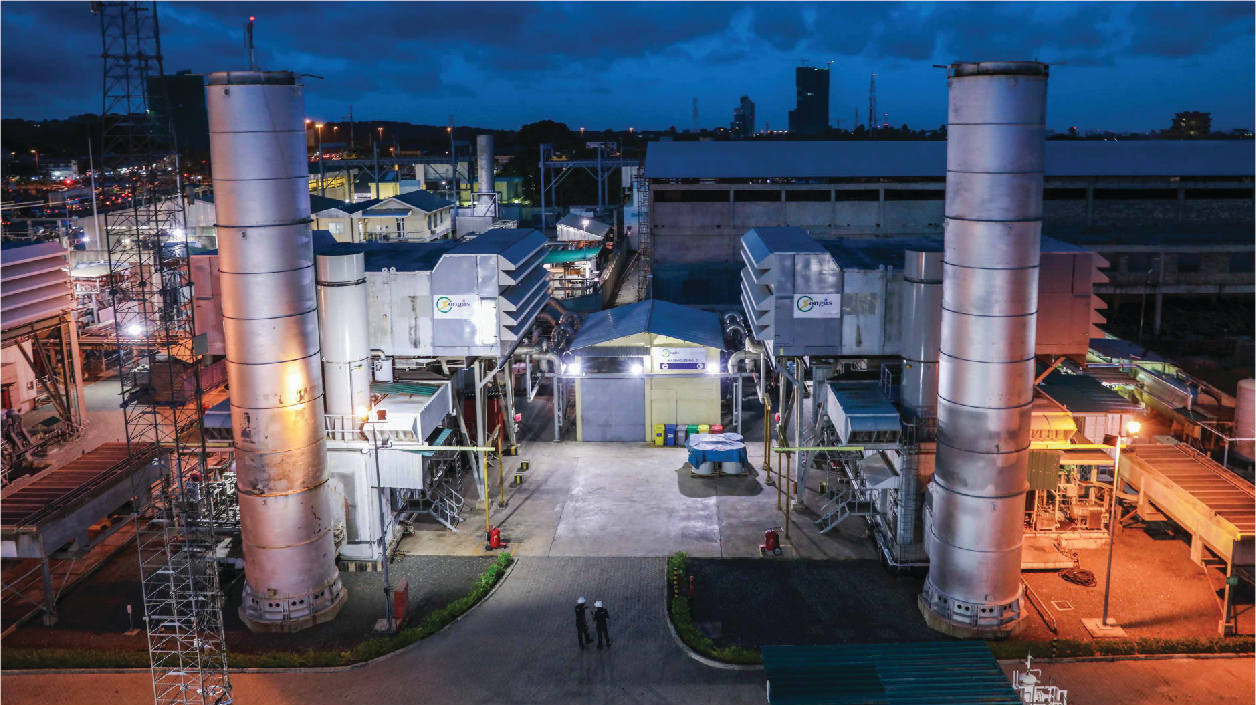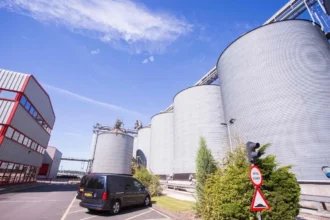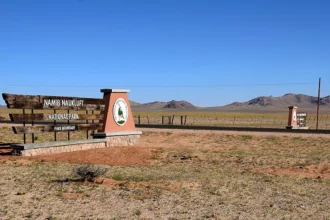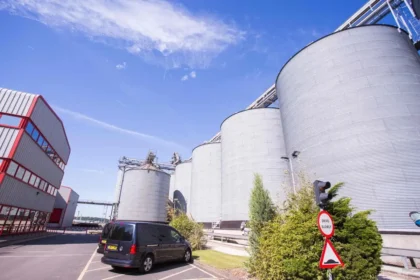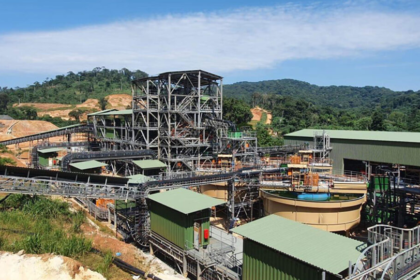At aGlance
- Tanzania expands the energy sector to power factories and boost industrial growth.
- Gas and renewables drive efforts to reduce imports and strengthen local manufacturing.
- Cross-border trade and PPP financing support Tanzania’s industrial ambitions.
Across Africa, energy has emerged as a cornerstone of economic transformation.
When supply falters or interruptions persist, productivity slows and investors hesitate to commit.
Both governments and businesses know that having stable power is necessary to create an industrial base that can stand on its own.
Tanzania has moved quickly on this front, seeing energy as the bedrock of its industrial ambitions.
“Energy infrastructure is often referred to as the first domino in the chain of industrialization because it sets everything else in motion,” said Elias Ngunangwa, Head of Client Coverage for Corporate and Investment Banking at Stanbic Bank Tanzania.
The country’s energy sector is guided by a 2015 national policy that places power development at the center of economic planning.
The agenda is straightforward: produce more of what Tanzanians consume locally, and rely less on imports.
That goal, however, requires reliable and affordable electricity.
“Once that domino falls into place, it unlocks progress in manufacturing, job creation and inclusive growth,” Ngunangwa said.
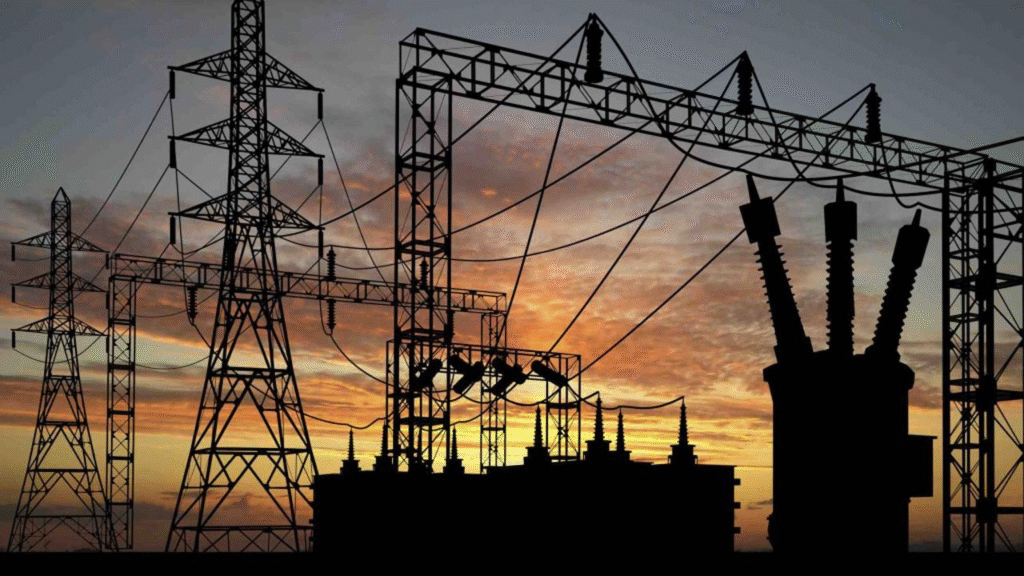
The vital role of energy infrastructure
Tanzania’s energy mix is dominated by hydropower, which accounts for about 60 percent of supply.
That reliance comes with risks in times of drought.
As a result, renewable projects—especially solar—are expanding, while the government has opened the door for more gas development.
Licenses are now being issued to investors to drill and tap the country’s sizable reserves.
“Tanzania is blessed with abundant natural gas reserves, such as the Songo Songo field,” said Ngunangwa.
“This positions it as a regional leader in gas, which then drives power initiatives and supports industrial goals.”
Industries from cement and steel to glass and textiles remain energy-hungry.
Gas is now flowing through pipelines from the south to Dar es Salaam, serving more than 45 major users.
That stability not only helps businesses in Tanzania, but it also makes Tanzania a stronger player in regional commerce.
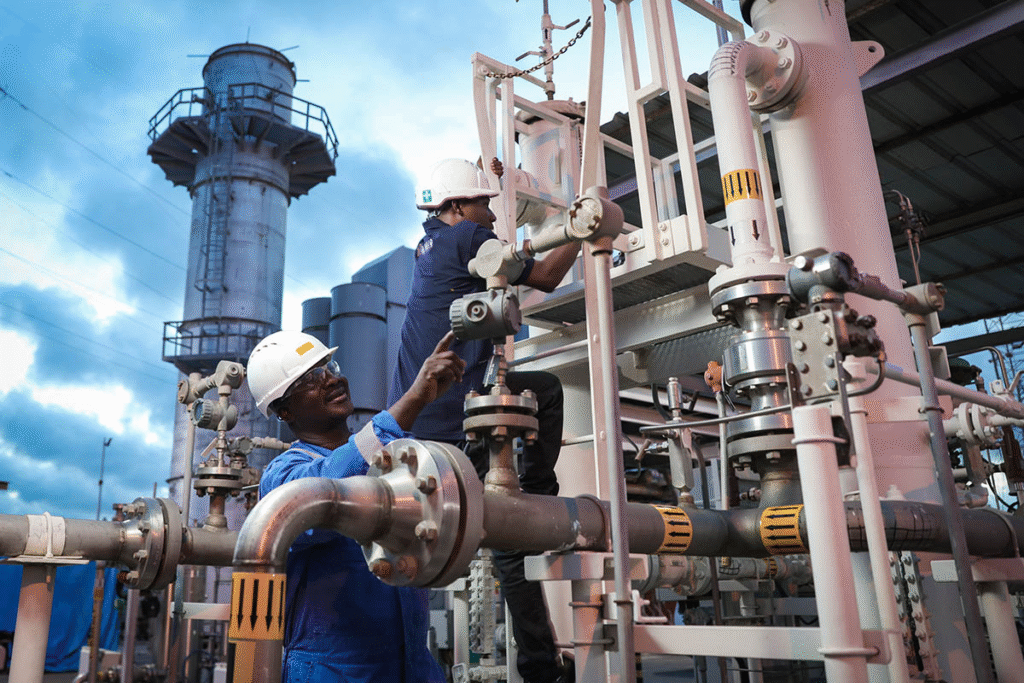
Cross-border collaboration and new financing
Tanzania wants to do more than just stay in its own country.
By linking up with regional power pools, the country may provide extra gas and energy to neighbors when they need it.
This makes the country more competitive and gives it more economic power.
But building this infrastructure requires heavy investment. Stanbic Bank has become a major player, providing financing solutions and advisory services.
“It goes beyond traditional lending,” Ngunangwa said. “We tailor financial solutions for the energy sector and help investors navigate the landscape.”
This approach has fueled interest in alternative financing models such as green bonds and public-private partnerships.
David Kafulila, Executive Director of Tanzania’s Public-Private Partnership Centre, noted that PPPs are crucial.
“The government cannot rely solely on borrowing or taxes,” he said.
“PPPs mobilize additional capital, bring technical expertise, and accelerate rollout of key projects such as transmission lines.”
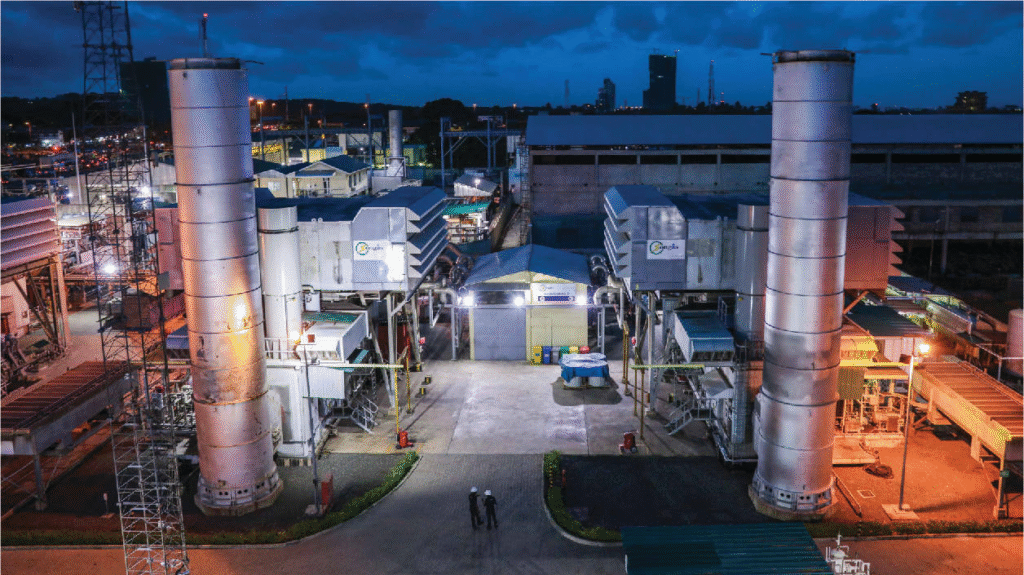
Building toward an industrious future
Stanbic Bank describes itself as more than a financier—it wants to be a long-term partner.
By building relationships and offering capacity-building programs, the bank helps both local and foreign investors gain confidence in navigating Tanzania’s energy sector.
These partnerships are critical as the country lays the groundwork for a manufacturing hub.
With diversification, cross-border trade, and innovative financing in play, Tanzania is positioning itself not only to power its factories but also to become an industrial leader in East Africa.

